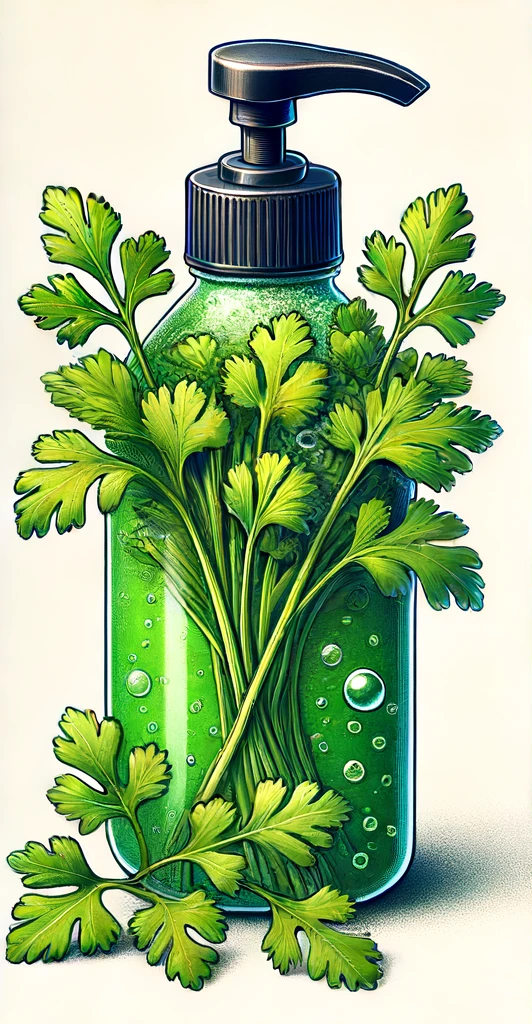What is coriander?
Coriander (Coriandrum sativum) is a versatile plant in the Umbelliferae family that is used both as a spice and as an herb. The leaves, often called cilantro, have a fresh, slightly citrusy flavor, while the dried and ground seeds have a warm, spicy aroma. Coriander is an essential ingredient in many cuisines around the world, especially Asian, Mediterranean, and Latin American. The plant is rich in antioxidants and has several health benefits, including anti-inflammatory and antimicrobial properties. Despite its popularity, there is a genetic predisposition in some people to find the taste of coriander unpleasantly soapy, due to the perception of certain chemical compounds in the plant.
Why does coriander taste like soap to some people?
The soapy taste that some people experience when eating coriander is due to the perception of certain chemical compounds in the plant. These compounds, called aldehydes, are also found in soap and some insect repellents, which explains the characteristic soapy taste. Interestingly, sensitivity to these aldehydes is genetically determined.

Good to know
About 10-20% of people worldwide find coriander soapy, which shows how widespread this genetic difference is.
A comparison of taste and smell
The senses of taste and smell are closely linked and play a crucial role in the perception of aromas. While the sense of taste is located primarily on the tongue and recognizes the five basic tastes of sweet, sour, salty, bitter, and umami, the sense of smell is located in the nasal cavity and recognizes thousands of different odorants. The senses of taste and smell work together to create a complete taste experience: the sense of taste provides the basic flavors, while the sense of smell contributes the complex aromas and nuances. This close cooperation explains why a cold that affects the sense of smell also severely limits the sense of taste. Genetic variations in olfactory receptors, such as those found in the perception of coriander, can therefore significantly influence the overall taste experience.
![[Report Bild]](/static/reportImages/korianderblatt.png)